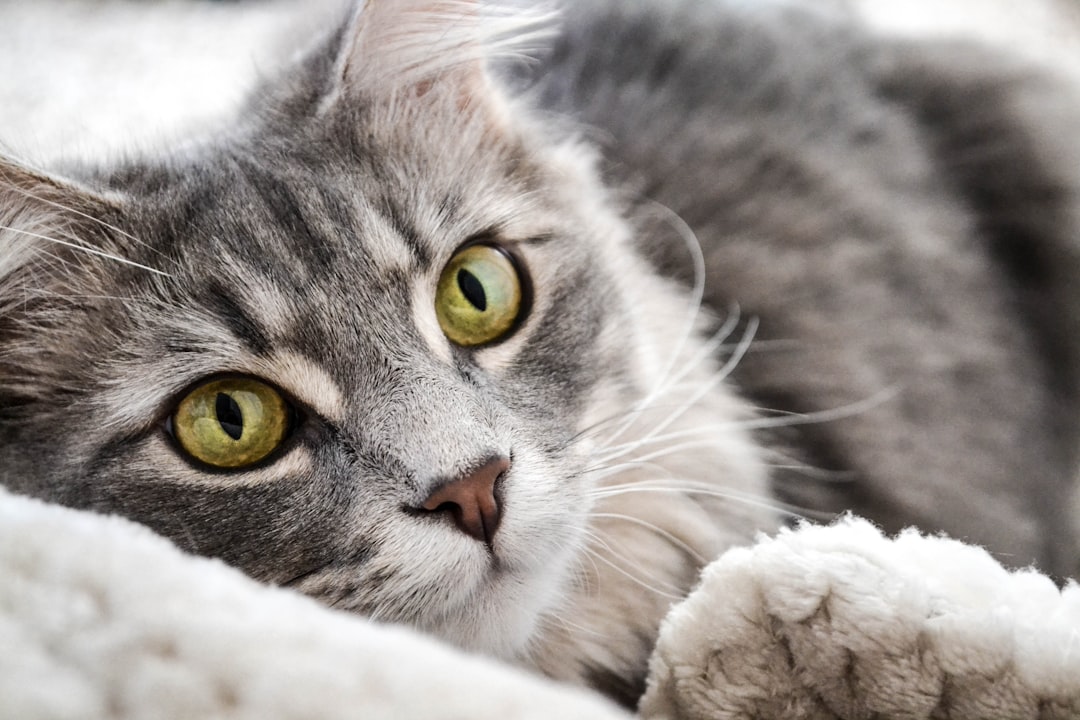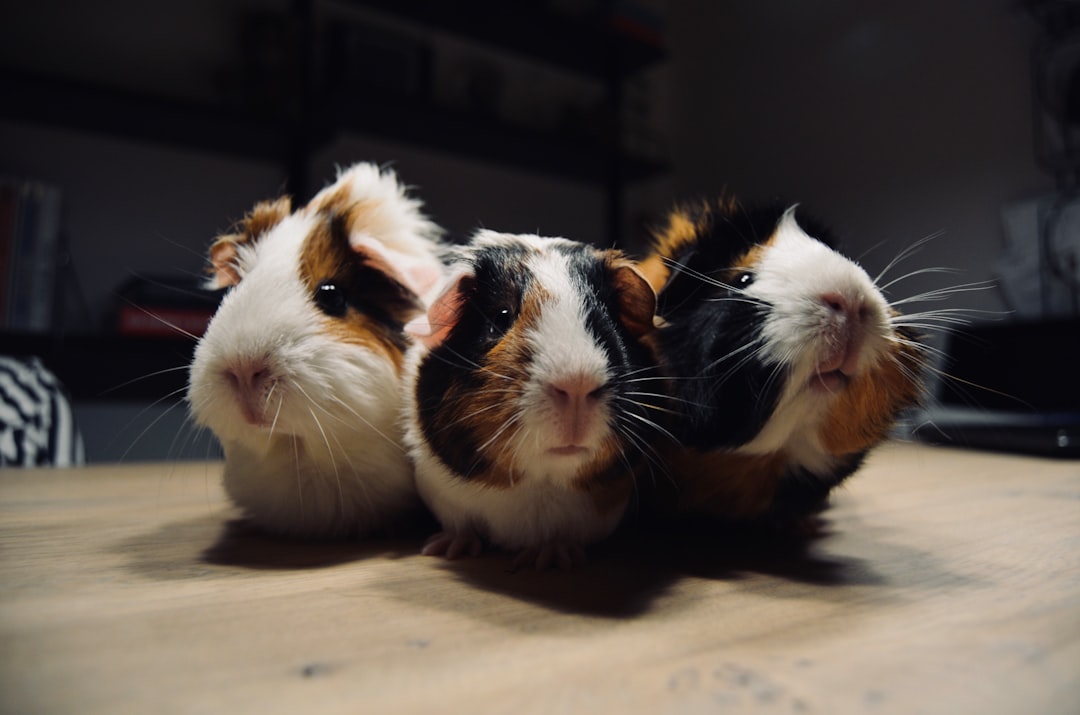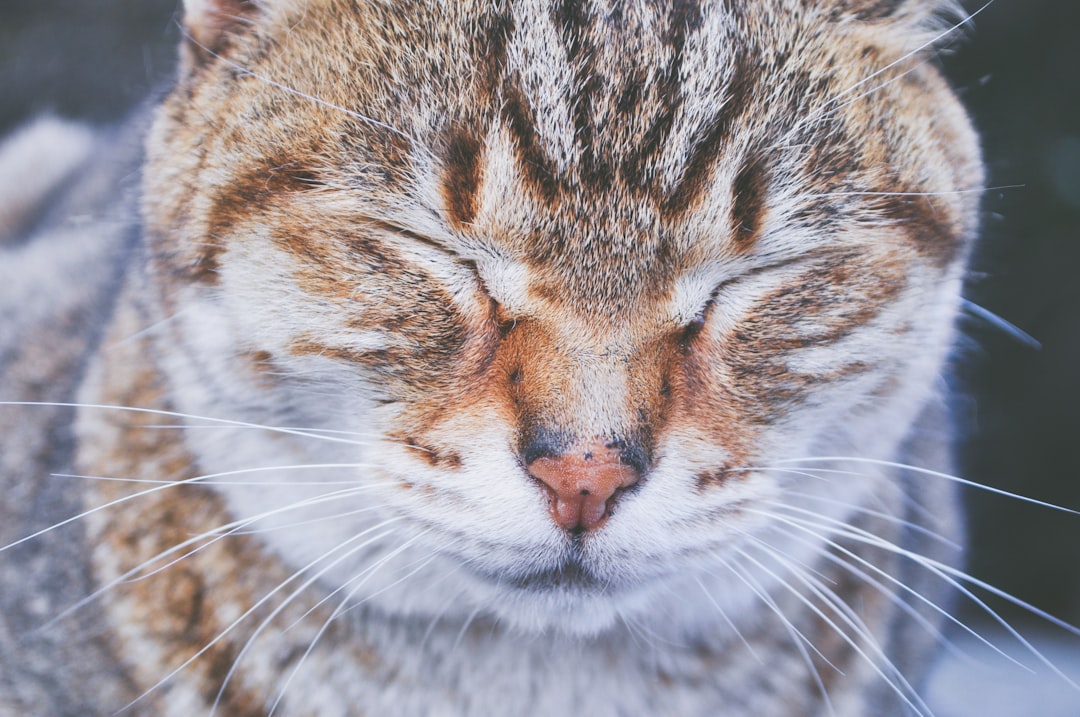Caring for a cat with a rodent ulcer requires a thorough understanding of this common condition. Rodent ulcers can cause significant discomfort to your feline friend, and recognizing the symptoms early is crucial. Veterinarians play an essential role in diagnosing and treating these ulcers effectively. In this article, we will explore the essentials of caring for cats with rodent ulcers, providing insights into treatment options, home care practices, and preventive measures to ensure your cat’s well-being. The knowledge gained here will empower you to take action and support your cat’s health.
Understanding Rodent Ulcers in Cats
Rodent ulcers in cats, also known as eosinophilic granulomas, are inflammatory lesions that typically appear on the lips, chin, or around the mouth. These ulcers can cause discomfort and distress to your feline friend. Understanding their nature and causes is crucial in providing the right care.
Key features of rodent ulcers include:
- Location: Primarily affecting the upper lip and usually unilateral.
- Appearance: Lesions may appear raised, red, and sometimes ulcerated.
- Cause: Often linked to allergic reactions, insect bites, or underlying health issues such as feline leukemia virus or parasites.
In comparison with other skin conditions in cats, rodent ulcers can be distinguished by:
| Feature | Rodent Ulcer Cat | Other Skin Issues |
|---|---|---|
| Common Location | Upper lip, chin | Various body parts |
| Symptoms | Painful, red, and swollen | Itchy, flaky, or scaly |
| Treatment | Anti-inflammatory meds | Allergy treatments, shampoos |
Understanding these key aspects will help you recognize rodent ulcers early and seek veterinary assistance promptly.

Identifying Symptoms and Signs
Recognizing the symptoms of a rodent ulcer cat is crucial for timely intervention. These ulcers, also known as indolent ulcers, typically appear on the lips or around the mouth. Watch for these common indicators:
- Lesions: Look for raised, crusty sores, often with a pink or red center.
- Swelling: Observe any swelling in the affected area, which may cause discomfort.
- Increased Salivation: Excessive drooling could indicate difficulty in eating or drinking.
- Change in Appetite: A decline in eating habits may signal pain or discomfort from the ulcers.
- Behavioral Changes: Notice if your cat becomes more withdrawn or irritable; this may suggest that they are in pain.
| Symptom | Description |
|---|---|
| Lesions | Raised, crusty sores around the mouth |
| Swelling | Inflammation of the affected area |
| Increased Salivation | Excessive drooling due to mouth discomfort |
| Change in Appetite | Reduced or altered feeding behavior |
| Behavioral Changes | Increased agitation or withdrawal |
By being vigilant, you can significantly improve your rodent ulcer cat’s quality of life through early detection and appropriate care.
Importance of Veterinary Diagnosis
Diagnosing a rodent ulcer cat requires professional expertise. While you may notice sores or lesions, these symptoms can mimic other conditions. Thus, it’s essential to consult a veterinarian for accurate diagnosis. Here are key reasons why a veterinary diagnosis is crucial:
- Differential Diagnosis: Conditions like allergies or neoplasia can present similar symptoms. A vet can distinguish between these, ensuring effective treatment.
- Underlying Causes: Rodent ulcers often relate to underlying health issues, such as allergies or feline herpesvirus. Identifying these causes ensures that the treatment targets the root problem.
- Treatment Plan: A veterinarian will recommend specific treatment options tailored to your cat’s needs. Treatments can include medications, lifestyle changes, or even more extensive interventions.
- Monitoring Progress: Regular veterinary visits allow for monitoring the effectiveness of the treatment, making adjustments as necessary.
In summary, prompt veterinary diagnosis plays a fundamental role in effectively addressing a rodent ulcer cat, improving their quality of life and ensuring a swift recovery. Seeking timely care will provide peace of mind for you and optimal health for your feline companion.
Treatment Options Available
When dealing with a rodent ulcer cat, a variety of treatment options can help alleviate symptoms and promote healing. It’s essential to work with your veterinarian to determine the best course of action based on your cat’s specific condition. Here are some common treatments:
Medications:
- Corticosteroids: Reduce inflammation and itching.
- Antibiotics: Combat any secondary bacterial infections that may arise.
Topical Treatments:
- Specialized creams can aid in healing the ulcer directly.
Surgical Options:
- In severe cases, your veterinarian may recommend surgical intervention to remove the ulcer and potentially prevent recurrence.
Diet Changes:
- Some cats benefit from hypoallergenic diets, which can help mitigate allergic reactions linked to rodent ulcers.
Regular Monitoring:
- Frequent veterinary check-ups ensure the condition is managed properly and allows for adjustments in treatment if necessary.
By combining these options, you can provide effective care for your rodent ulcer cat, improving their quality of life significantly.

Home Care Practices
Caring for a rodent ulcer cat at home requires a thoughtful approach to create a comfortable and healing environment. Follow these essential home care practices:
Maintain Cleanliness:
- Regularly clean the affected area to prevent infection.
- Use a gentle, vet-approved antiseptic to wipe the ulcer without causing irritation.
Provide a Stress-Free Environment:
- Create a quiet, calm space where your cat can relax.
- Limit contact with other pets to reduce stress.
Monitor Diet:
- Ensure your cat eats a balanced diet, rich in nutrients.
- Incorporate soft foods to avoid irritation from chewing.
Medications & Topicals:
- Administer any prescribed medications, including anti-inflammatory drugs or topical treatments, as directed by your vet.
Regular Check-ups:
- Schedule periodic vet visits to monitor the healing process and adjust treatment if necessary.
By implementing these home care practices, you can effectively support your rodent ulcer cat on their journey toward recovery while ensuring their comfort and well-being.
Dietary Considerations
When managing a rodent ulcer cat, nutrition plays a crucial role in supporting healing and overall health. A well-balanced diet can help reduce inflammation and enhance the immune system. Consider the following dietary guidelines:
- High-Quality Protein: Choose diets rich in high-quality protein sources, such as chicken, turkey, or fish. Protein promotes tissue repair and supports skin health.
- Omega-3 Fatty Acids: Include foods rich in omega-3s, like fish oil or flaxseed oil, which can help reduce inflammation.
- Hydration: Ensure your cat has constant access to fresh water. Proper hydration supports skin elasticity and aids in the healing process.
Recommended Diet Types:
| Diet Type | Benefits |
|---|---|
| Wet Food | High moisture content; promotes hydration |
| Hypoallergenic Diet | Reduces allergic reactions; minimizes flare-ups |
| High-Fiber Diet | Supports digestive health; stabilizes blood sugar |
Avoid feeding your rodent ulcer cat any known allergens and consult your veterinarian before making significant dietary changes. By focusing on these dietary considerations, you can enhance your cat’s quality of life during their recovery.
Preventive Measures
Taking steps to prevent rodent ulcers in cats can significantly enhance your feline’s overall health. Implementing the following measures can be beneficial:
- Regular Veterinary Check-ups: Schedule routine visits to the vet. Early detection can lead to timely intervention.
- Maintain Dental Hygiene: Healthy teeth and gums can reduce stress on your cat’s immune system, which plays a role in preventing rodent ulcer cat conditions.
- Stress Reduction: Create a calm environment. Stress can exacerbate existing conditions and may lead to the development of rodent ulcers.
- Proper Nutrition: Offer a balanced diet high in nutrients to strengthen your cat’s immune system. Both wet and dry food can be beneficial.
- Quality Care Products: Use hypoallergenic products to minimize potential allergens that may contribute to ulcer formation.
While it may not be possible to completely eliminate the risk of rodent ulcer cat issues, these preventive measures can aid in significantly reducing their occurrence and improve your feline’s well-being.

When to Seek Emergency Care
Caring for a cat with a rodent ulcer cat requires vigilance, especially when it comes to recognizing when emergency care is needed. Here are key signs that should prompt you to seek immediate veterinary assistance:
- Severe Bleeding: If you notice significant blood loss from the ulcer, this can indicate a more severe issue.
- Rapid Breathing: Difficulty breathing or rapid breathing might suggest distress or infection, requiring urgent evaluation.
- Swelling: Excessive swelling around the ulcer can signal an infection that needs immediate intervention.
- Unresponsiveness or Lethargy: If your cat becomes unusually lethargic or unresponsive, it’s crucial to act quickly.
- Change in Appetite: A sudden loss of appetite, especially if accompanied by weight loss, warrants emergency care.
Summary Table: Emergency Symptoms
| Symptom | Urgency Level |
|---|---|
| Severe Bleeding | High |
| Rapid Breathing | High |
| Excessive Swelling | High |
| Unresponsive or Lethargy | High |
| Sudden Loss of Appetite | Moderate to High |
In conclusion, always trust your instincts. If you suspect your rodent ulcer cat is in distress, don’t hesitate to contact your veterinarian. Early intervention can make a significant difference in recovery.
Frequently Asked Questions
What are rodent ulcers in cats and what causes them?
Rodent ulcers, also known as eosinophilic granuloma complex, are lesions that commonly appear on a cat’s upper lip. They are believed to stem from allergic reactions, often to food, fleas, or environmental allergens. The resulting inflammation leads to well-defined, raised, and ulcerated areas, which can cause discomfort to affected cats. A thorough diagnosis is essential in identifying the underlying causes, as this helps in selecting the appropriate treatment for the condition.
How can I recognize if my cat has a rodent ulcer?
To identify whether your cat has a rodent ulcer, look for specific symptoms such as swelling or lumps on the lips and chin, which may appear red or ulcerated. Cats may also exhibit signs of discomfort, such as excessive grooming in the affected area, changes in eating habits due to pain, or even a foul smell from oral lesions. Regular veterinary check-ups can assist in early detection and timely intervention if you suspect your cat has rodent ulcers.
What treatment options are available for rodent ulcers in cats?
Treatments for rodent ulcers generally revolve around addressing the underlying cause of the condition. This may include dietary changes to eliminate food allergens, flea control for flea allergies, or corticosteroids to reduce inflammation. Additional options could involve antibiotics if secondary infections are present. Your veterinarian may recommend an appropriate treatment plan tailored to your cat’s specific situation, and regular follow-ups will be necessary to monitor progress and adjust treatment as needed.
Can rodent ulcers in cats be prevented, and if so, how?
While it may not be possible to completely prevent rodent ulcers in cats, certain measures can significantly reduce the risk of their occurrence. Maintaining a regular flea control regimen is vital, as flea allergies are a common trigger. Additionally, feeding a balanced diet and monitoring for any food sensitivities can help mitigate allergic reactions that lead to ulcers. Ensuring a stress-free environment, along with routine veterinary care, can also contribute to your cat’s overall health and prevent the development of these lesions.



